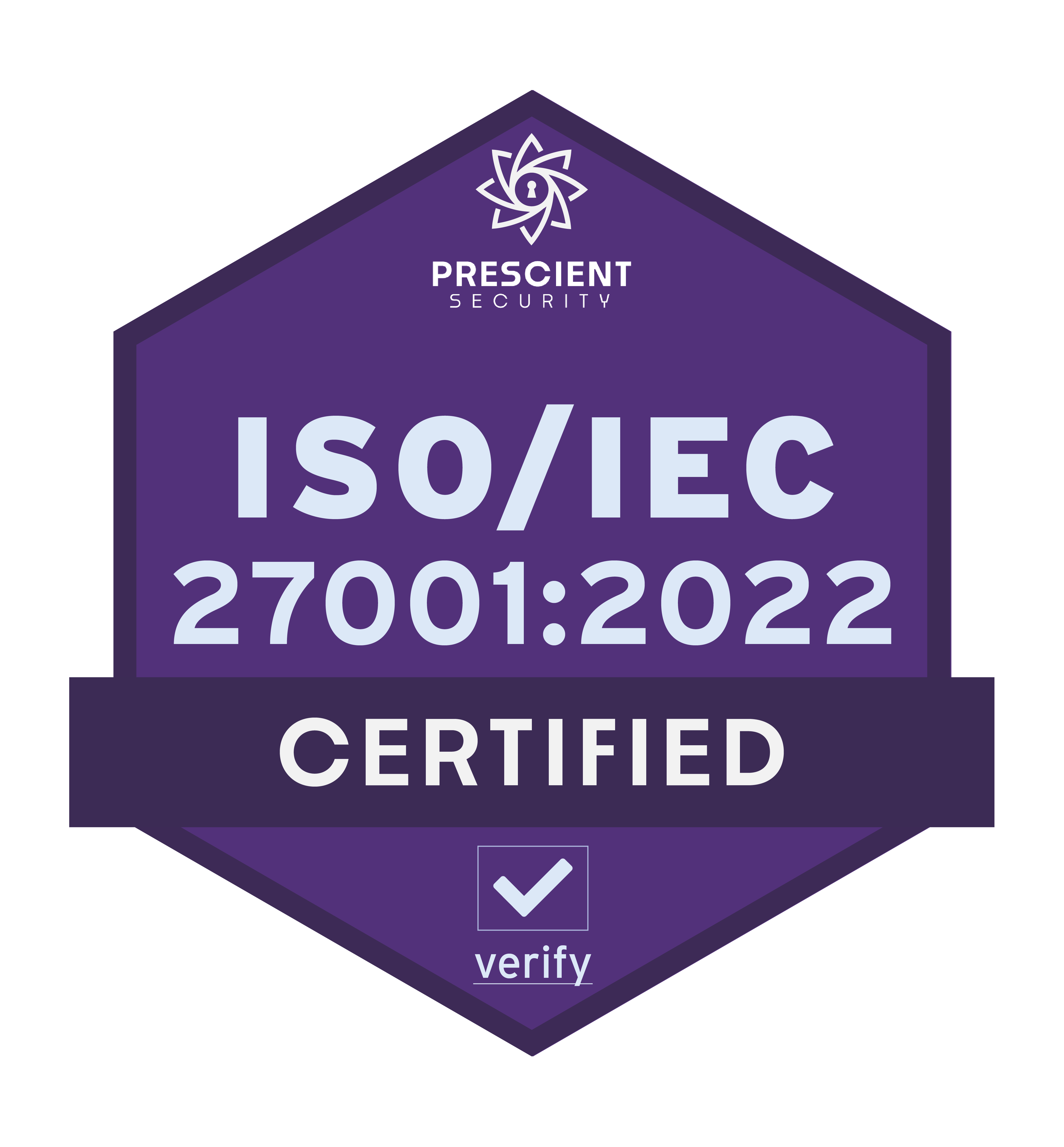Question
We have been modelling, in Hifreq, the magnetic field around three single core cables, supported by a large bridge supported by large iron girders. When adding the girders into the model we have used large diameter cylinder, connected to earth at both ends of the cylinder, using a relative permeability of 1000 pu.The resulting magnetic field at and around the cylinder does not appear to be significantly altered by the girder. Can you please explain why?
Answer
The girder could make two contributions to the magnetic field, only one of which is accounted for in HIFREQ.
The first is due to currents induced in the girder by the cables. The induced current will produce magnetic fields around the girder. This contribution is computed correctly by HIFREQ. Note that this contribution is expected to be small in a steel structure because the relatively high resistivity and the large permeability of the steel lead to a large internal impedance for the structure, making the induced currents relatively small.
The other contribution is present only in magnetic materials (such as steel) and is due to a re-organization of the magnetic dipoles inside the material. These contributions (which can be quite large, but tend to be highly localized, i.e. vanish rapidly as you move away from the source) are not computed by HIFREQ. HIFREQ uses the thin wire approximation for all conductors (including large ones). This assumes that the current and magnetic dipole distribution inside the conductor have perfect radial symmetry. This is a very good approximation for electric field computations, as well as for the computation of magnetic fields around non-magnetic materials, but it fails to account for the "magnetic polarization" effects in magnetic materials.
You could use the magnetic fields computed by HIFREQ as the input to a computer program (typically, a finite element program) dedicated to computing such polarization effects.
No Related Articles Available.
No Attachments Available.
No Related Links Available.
No user comments available for this article.

